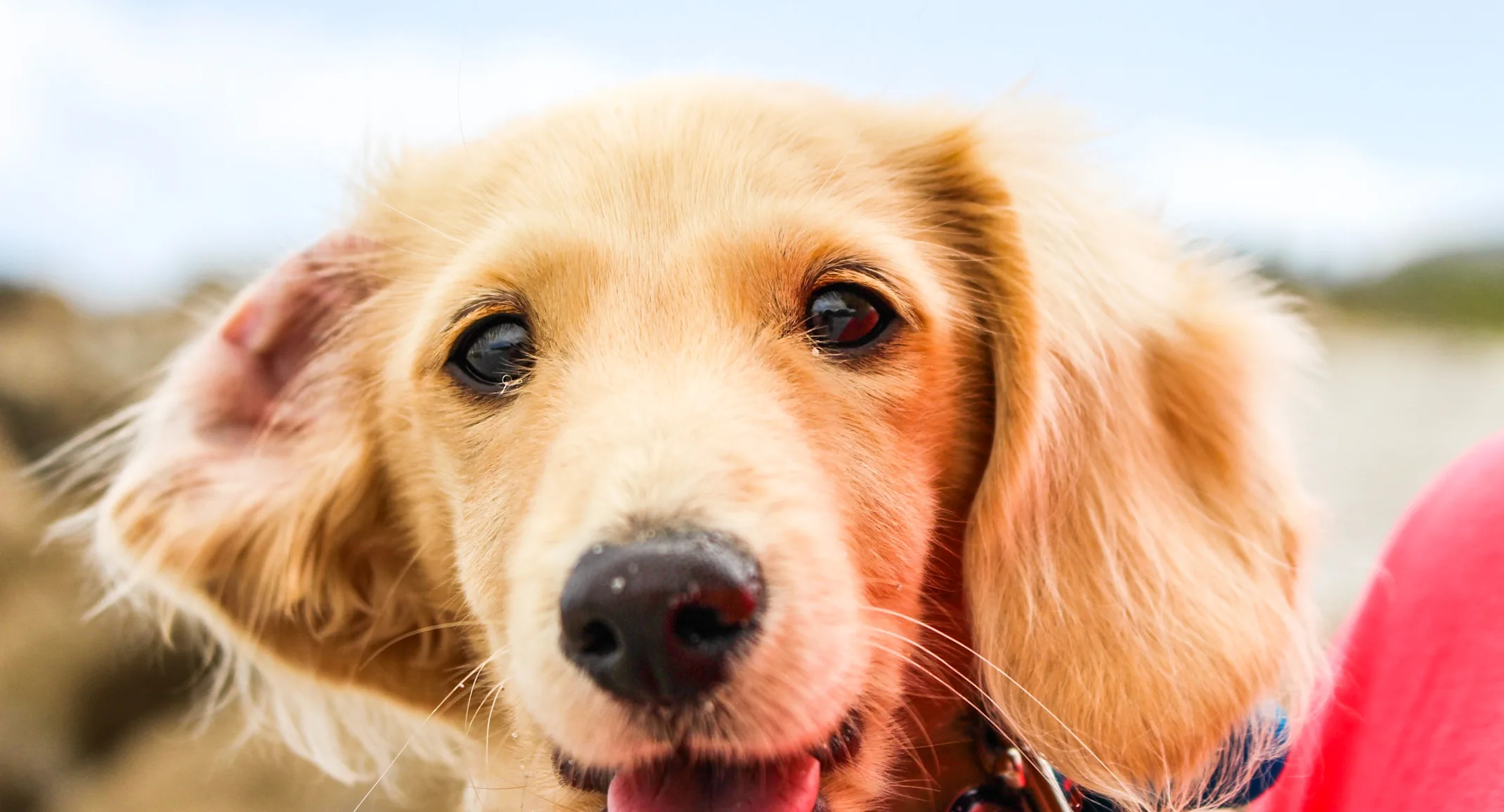Goldie the Dog and the Three Chew Toys
For Pet Owners

Finding the right chew toy can save you and your pet the heartbreak of medical problems, and a trip to the pet emergency center. Join Dove Mountain Veterinary on a field trip as Goldie* the dog explores the local pet supply store. Goldie finds three types of chew toys—some that are too hard, some that are too soft, and some that are just right.
This pet chew is too hard
Goldie: As Goldie wandered the pet store aisles, she came upon a display of deer antlers, dry bones, and cow hooves. She took a bone in her mouth, and knew right away, “This chew treat is too hard.”
Dove Mountain Veterinary (DMV): While the question, “What chew toys are bad” has no simple, universal answer, veterinary dentists agree that animal bones are not a good choice. Most people know that chicken bones are a pet no-no, since they may splinter into sharp pieces and damage the mouth or esophagus. But larger beef or pork bones can fracture a pet’s teeth, especially younger and older pets, because cooked bones are too hard—and raw bones may carry disease-causing germs, such as Salmonella bacteria.
Other dried animal parts cause pets problems when chewed. Deer antlers, pig ears, and cow hooves can splinter and injure pets’ mouths. Pig ears have also been associated with Salmonella outbreaks. Save your pet from injury, and look for other options.
This pet chew is too soft
Goldie: Goldie moved on to the next aisle. She saw some stuffed cloth toys, and remembered how she ripped one of those apart in no time, swallowing the stuffing along with the small plastic parts. Remembering the ensuing stomach ache, Goldie knew, “These pet chews are too soft.”
DVM: Stuffed cloth toys may pose less tooth fracture risk, but they pose other risks for pets who rip them apart and ingest them. Cloth or poly fiberfill stuffing is non-digestible, and can block the gastrointestinal tract, sometimes requiring emergency surgery. Watch stuffed toys for small, sharp, metal or plastic parts, if you have a dog who may ingest them. Examples include squeakers, small metal or plastic parts, pins, springs, or batteries. Not only are batteries hard, but if punctured, the battery acid causes chemical burns.
Rawhide chews are a softer alternative that may satisfy many dogs, but rawhides can be choking hazards for impatient pets. Many puppies and dogs voraciously gnaw rawhides, and then attempt to swallow them while they are still too large, causing throat and esophageal irritation or injury. If you have to reach into your gagging and choking dog’s mouth to retrieve a rawhide, you risk being accidentally bitten.
Many cats and dogs love to chase and chew strings and ropes. If ingested, however, linear foreign bodies pose one of the worst pet risks, as string can cut through the intestinal wall. Never play “tug of war” or let your puppy “hang” as they bite a rope toy, because you risk tooth fracture.
Speaking of chasing, some pets can’t resist the tennis ball, and will play fetch seemingly forever—and once they catch the ball, they will chew forever. The soft fuzz on a tennis ball can wear teeth down, exposing the pulp chamber and sensitive nerves. Choose other balls or toys for that game of fetch.
This pet chew is just right
Goldie: Goldie walked to the third aisle, and saw a bin of Kongs, Nylabones, and Greenies. She remembered spending hours chewing on a Kong filled with frozen peanut butter—the time seemed to pass so quickly. She knew she had found the pet chews that were “just right.”
DVM: Hard nylon or hard rubber chew toys, such as Kongs and Nylabones, are felt to be the least risky. Pets can chew these toys and other food puzzles starting at 6 weeks of age, but you must ensure the toys are the right size for your pet’s mouth. Plastic squeaky toys may work for “light chewers,” but if your pet is a “hard chewer,” they may tear off a piece of a vinyl or plastic toy.
Chew toys keep pets busy and happy, including when you are gone. They are especially helpful for 3- to 6-month-old puppies who are teething. Always supervise your pet with a new toy, however, to determine whether they plan to destroy and “inhale” it.
Picking out a chew toy may seem daunting, but you may be helping your pet not to chew on furniture, rugs, shoes, other pets—or you. Many new puppy or kitten owners complain of play biting, but training your pet to encourage appropriate chewing will prevent injury to you, and other household members.
The caring team at Dove Mountain Veterinary wants to help your pet “chew responsibly.” If you listen to Goldie’s tale, you won’t have to annoy any bears, to learn which pet chew toys are best. Know your pet, follow our guidelines, and monitor pets closely to find the chew toy that’s “just right.”
*Goldie is not a real patient, but we see many pets with similar chew-toy issues at Dove Mountain Veterinary.
